The tension between musical notation and interpretive freedom has been a central debate in classical performance practice for centuries. At its core lies a fundamental question: how closely should performers adhere to the written score, and where does artistic license begin? This delicate balance continues to shape how we experience composed music across generations.
The score as historical document presents fascinating challenges for modern performers. Baroque-era manuscripts, for instance, often lack dynamic markings or articulation symbols that later became standard. When playing a Bach partita, the violinist must decide whether to follow contemporary performance practice or impose romantic-era sensibilities upon the music. Early music specialists argue that historical instruments and playing techniques reveal hidden dimensions in these scores, while others maintain that great music transcends its original performance context.
Composers themselves have held radically different views about notation's sanctity. Stravinsky famously demanded absolute fidelity to his meticulously notated scores, comparing interpreters to waiters who should "serve the musical dish as written." Conversely, jazz-influenced classical composers like Lukas Foss actively encouraged improvisation within their works. This spectrum of composer intentions forces performers to constantly negotiate between preservation and reinvention.
The rise of recording technology has unexpectedly intensified these debates. Before the era of recordings, regional performance traditions could flourish with distinctive interpretive styles. Now, globally available reference recordings create unconscious templates that younger musicians struggle to transcend. The Berlin Philharmonic's iconic 1960s Brahms cycle continues to haunt new interpretations, making truly fresh approaches increasingly rare despite technical advancements.
Psychological factors deeply influence this balance. Many performers experience an almost sacred reverence for certain scores, particularly in the Germanic tradition. This contrasts with folk music practices where variation represents the lifeblood of the tradition. The classical world's anxiety about "getting it wrong" sometimes stifles the very creativity that brought these compositions to life in their own time.
Contemporary music presents unique challenges in this realm. Graphic scores from the 1960s avant-garde movement deliberately incorporate ambiguity, requiring performers to co-create the work. Meanwhile, some living composers employ hyper-detailed notation while paradoxically expecting interpretive freedom - a cognitive dissonance that keeps today's musicians perpetually off-balance.
The pedagogy of musical interpretation reveals generational shifts in approaching this balance. Older master teachers often speak in metaphorical language about "the spirit behind the notes," while younger pedagogues increasingly focus on forensic analysis of urtext editions. This divergence creates fascinating fault lines in how emerging artists conceptualize their relationship to the score.
Audience expectations play a crucial but rarely discussed role in this equation. Concertgoers often develop deeply personal relationships with canonical works through recordings, arriving at live performances with unconscious expectations. The performer must navigate between delivering comforting familiarity and revelatory freshness - a tightrope walk that defines great interpretation.
Technological advancements continue reshaping these boundaries. AI-assisted analysis can now identify microscopic deviations from the score in historic recordings by legendary artists - revealing that even the most "definitive" interpretations involve countless subtle freedoms. This democratization of analytical tools is changing how young musicians understand tradition.
The ecological metaphor of musical interpretation as gardening rather than architecture offers a compelling framework. Like master gardeners working with living plants rather than blueprints, great performers understand that notation provides structure while allowing for organic growth. This perspective honors the score's authority while embracing music's essential temporality and impermanence.
Ultimately, the most compelling performances emerge from a paradoxical double consciousness - simultaneous deep immersion in the score's world and courageous stepping beyond it. This creative tension, when balanced artfully, allows composed music to remain vibrantly alive across centuries while honoring its creators' essential visions.
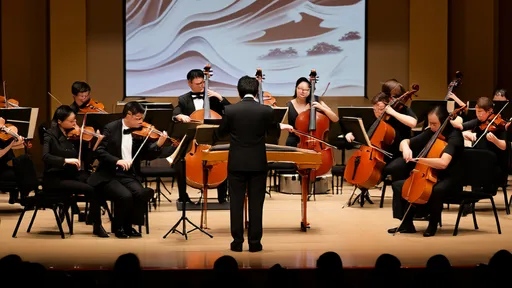
By /Jul 17, 2025

By /Jul 17, 2025
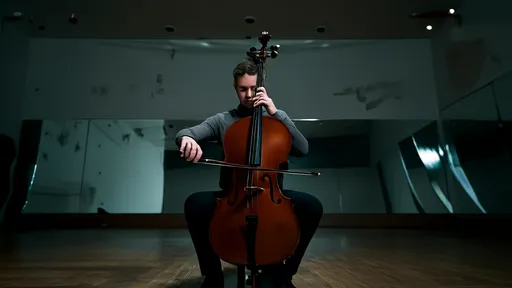
By /Jul 17, 2025

By /Jul 17, 2025

By /Jul 17, 2025

By /Jul 17, 2025

By /Jul 17, 2025
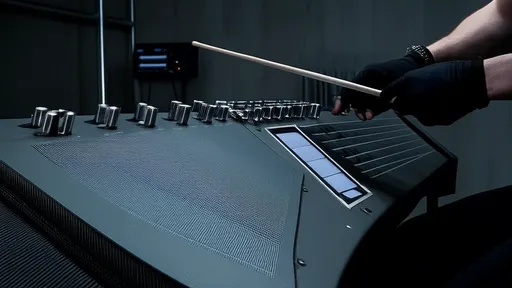
By /Jul 17, 2025

By /Jul 17, 2025

By /Jul 17, 2025

By /Jul 17, 2025
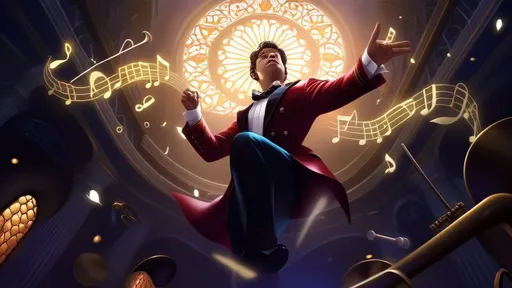
By /Jul 17, 2025
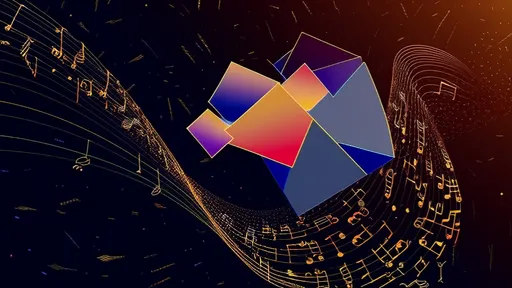
By /Jul 17, 2025
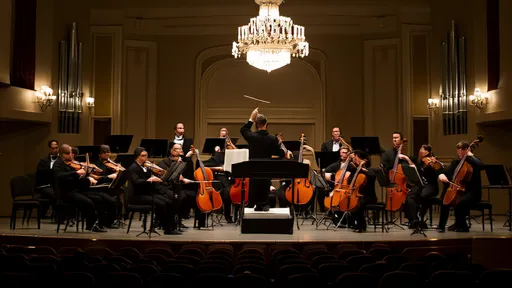
By /Jul 17, 2025
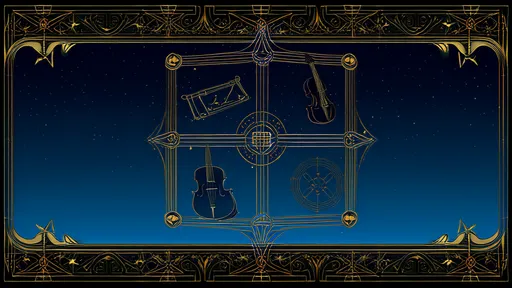
By /Jul 17, 2025
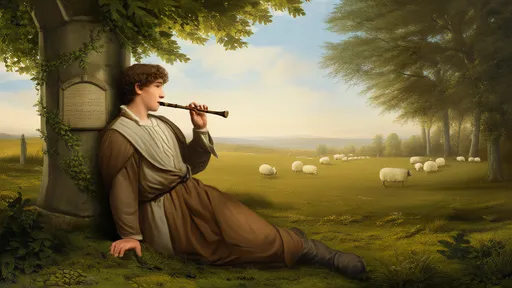
By /Jul 17, 2025

By /Jul 17, 2025
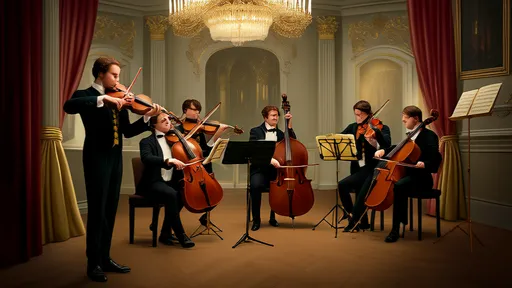
By /Jul 17, 2025